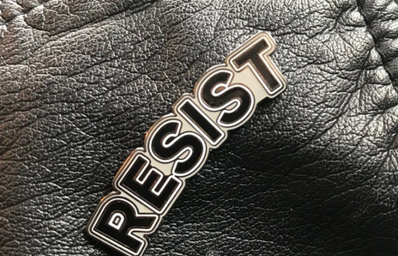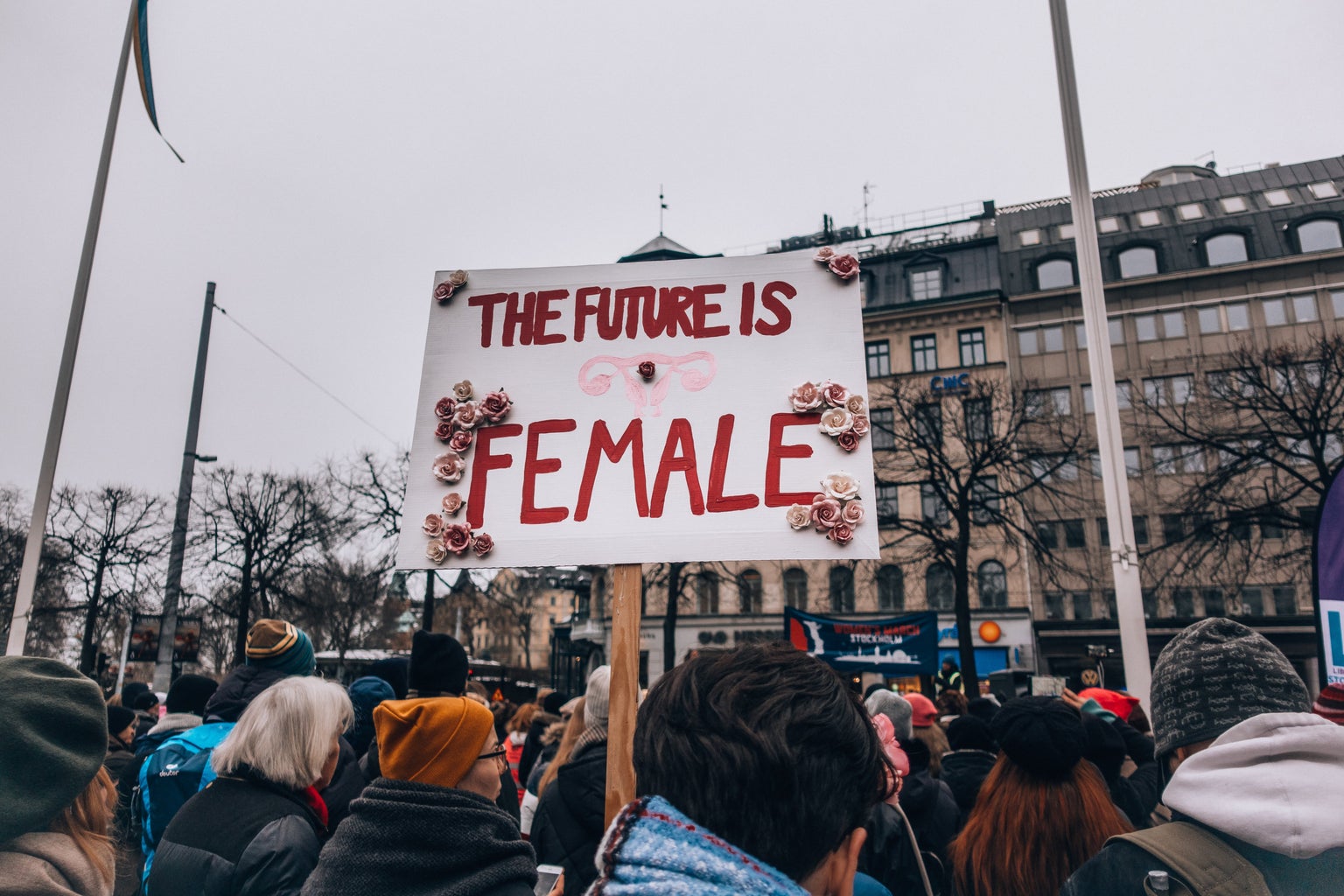History has done an incredible job of marginalizing women. And after we marginalize them, we strip them of whatever accomplishments, small or big, that they earned and probably attribute it to some man. Even better, he probably had nothing to do with it to begin with. Women of the world — past, present, and future — have made most of the accomplishments in the human race. But you probably don’t know their names, and if your education was nice enough to mention them, you probably forgot them. Here I’ve highlighted some, very few, of the women history has erased, in no particular order or ladder of importance. I would love to highlight them all, but I would be here for the rest of time. Literally.
Henrietta Lacks
Henrietta Lacks was an African American woman who was diagnosed with terminal cervical cancer in 1951. Lacks was treated at John Hopkins Hospital, where a doctor by the name of George Gey, harvested cells from her cervix without her consent. Lacks’ cells were discovered to be “immortal,” in that they continuously divided and kept alive without human interference. Her cells have been one of the most important contributions to science, generating millions of dollars in profits for the researchers who patented her cells.
Her cells are now known as “HeLa cells” for the first two letters of her first and last names. Her cells were the first to be easily multiplied and distributed in a lab setting. Lacks tragically passed away on October 4, 1951. However, her cells have continued to contribute to mass amounts of scientific research, contributing to studies of hormones, toxins, drugs, radiation, and cancer cells. HeLa cells were also essential in the development of both Polio and COVID vaccines.
HeLa cells have garnered millions of dollars in profit since the death of Henrietta Lacks. Lacks, nor her surviving family, has received a penny of the funds.
rosalind franklin
Rosalind Franklin was a British chemist whose x-ray diffractions contributed to the discovery of the double helix structure of DNA. Franklin was exceptionally gifted and knew she wanted to become a scientist at the age of 15. In 1947, Frank moved to Paris to work in a highly renowned lab. She became fascinated with x-ray crystallographers and dedicated most of her time and research to carefully studying molecules to x-ray, which at the time, took much skill, patience, and expertise.
Franklin was incredibly sound at taking x-rays and produced results the world had not yet seen. Frank made her way to studying DNA at King’s College, where she was able to produce two high-resolution photos of crystallized DNA fibers. From the photos, she deduced that the two strands of DNA were outlined by phosphates in what looked to be a helical structure.
She presented her findings at a lecture at King’s College where James Watson was in attendance. Frank’s research confirmed the 3D structure of DNA that Watson and his partner Francis Crick had theorized. Watson and Crick are accredited today with discovering DNA, albeit using Frank’s research to do so.
martha gellhorn
Martha Gellhorn was an American novelist, journalist, and acclaimed war correspondent. She was one of the first female war correspondents of her time. Gellhorn was in a complicated marriage with esteemed author Ernest Hemmingway, who attempted to dull much of her shine. Gellhorn served as a war correspondent for over 50 years and witnessed and reported on some of the most pivotal moments of World War II.
During the rise of Nazi Germany, Gellhorn covered life in trenches for soldiers, the Spanish Civil War, the Barcelona bombings, and the invasions of Czechoslovakia and Finland. As Gellhorn’s career advanced, it put more and more stress on her marriage. Her husband preferred her at his home in Cuba, tending to his house and his needs. Gellhorn was given an opportunity to write for Collier’s, covering the Allied invasion at Normandy. Out of spite, Hemingway stole her credentials and flew to Europe for the job instead.
Because of her stolen job, Gellhorn had to fight her way to Europe to cover the invasion of France. It was then that she became one of the only female journalists to cover the infamous D-Day on June 6th, 1944. She interviewed wounded soldiers as they were treated in a nearby medic ship — showcasing her unique talent for incorporating human interest into her news stories. Gellhorn is considered to be a champion for women journalists today.
“I followed the war wherever I could reach it. I had been sent to Europe to do my job, which was not to report the rear areas or the woman’s angle.”
Martha Gellhorn
Alice Paul
Alice Paul was a prominent feminist and suffragist of the 20th-century women’s rights movement. She dedicated her life to suffrage and fought tirelessly for women’s equality. Paul advocated for and secured the passage of the 19th amendment, awarding American women the right to vote in 1920. Paul practiced militant protest practices, earning her a spot in an insane asylum.
Paul’s first protest was the largest of its time — garnering 8,000 marching women outside of the White House the day before Woodrow Wilson’s inauguration. Paul met with President Wilson, who told her he would not amend the Constitution to allow women to vote. Paul responded by gathering over 1,000 women to stand outside the gates of the White House holding signs stating, “President, how long must we wait for liberty?” The women stood silently, all day, every day for a year and a half lobbying for their right to vote.
Paul was eventually arrested for “obstructing traffic,” a lousy use of the law in an attempt to get her off of the streets. Paul was sentenced to seven months in jail, where she organized an infamous hunger strike. Paul was sent to an insane asylum and force-fed, while her story gained support for suffrage in the outside world. Shortly after, in 1918, President Wilson announced his support for the 19th amendment, giving women the right to vote.
Paul is not only a national hero, but a champion for women’s rights.
ona judge
Ona Judge was born into slavery by her enslaved mother. However, Judge happened to be born into none other than George Washington’s house of slaves. Judge was an attentive listener and quick learner, making her Martha Washington’s head slave when she was only sixteen years old. Judge ran her personal errands, ironed her clothes, and even gave direction to other slaves owned by the Washington’s. Judge was one of nine slaves chosen by the Washington’s to serve them in the presidential mansion.
In her young adult life, Judge met a young group of abolitionists and became curious about the idea of self-emancipating. however, she knew it was incredibly dangerous, even more so for her, being enslaved by the president of the United States. George Washington especially was known for his severe punishment of slaves who attempted to escape him. He was commonly known to beat these slaves and send them to the Caribbean, where the physical labor was harder and the living conditions much worse.
With the help of the group of abolitionists, Judge escaped. She was taken in by a free Black family in the North, where she worked as a domestic servant for pay. Later she married a free Black man and gave birth to a baby girl. The Washingtons were furious when they learned of Judge’s escape and had their camp looking for her for years after Washington’s presidency. After Washington’s death in 1799, no one tried to recapture Judge. She remained free for the rest of her life and gave two interviews just before her death — where most of the information of her story comes from.
“I’m so sick of running as fast as I can, wondering if I could get there quicker if I was a man.”
Taylor Swift
The unfortunate thing is you really would. You really would get there faster.



